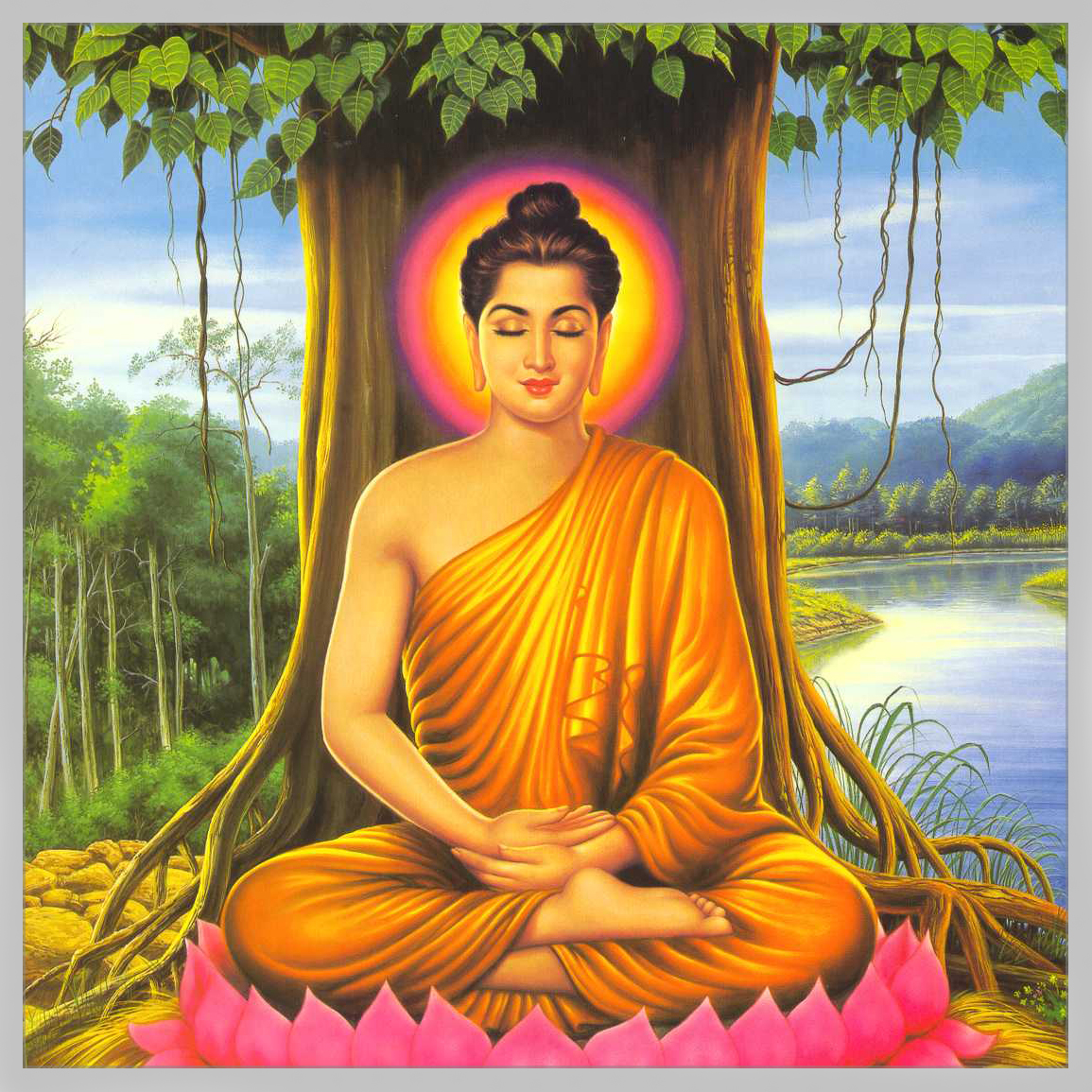Buddhism: Exploring the Teachings and Philosophy of Gautama Buddha
 |
Gautama Buddha |
Siddhartha Gautama, commonly known as Gautama Buddha, was a religious leader and the father of Buddhism. Around 563 BCE, he was born in the historic nation of Kapilavastu, which is now Nepal. His mother was Queen Mahamaya, while his father was the Shakya clan's king. Although he had a wealthy and protected upbringing, the misery he witnessed in the world severely upset him.
Early Years:
The little kingdom of Kapilavastu, now a part of Nepal, was the home of Siddhartha Gautama when he was born into a royal family. Before she became pregnant, his mother, Queen Mahamaya, allegedly dreamed of a white elephant entering her womb. This was seen as a prophecy that she would become the mother of a great leader. The gods and angels rejoiced over Siddhartha's birth, which took place in the Lumbini grove.
King Suddhodana, his father, was a warrior who oversaw the Shakya clan. He protected his son from the anguish and suffering of the outer world because he wanted him to grow up to be a great monarch. Siddhartha was raised in the palace, which was opulent and comfortable, with servants and a pleasure garden all around.
Siddhartha was a curious and perceptive child. He questioned his father about the causes of aging, illness, and death since the misery he witnessed outside the royal walls disturbed him. Siddhartha's father made an effort to protect him from the unpleasant aspects of life, but his curiosity persisted.
Leaving the Palace:
Siddhartha left the palace at the age of 29 in pursuit of solutions to his problems with life and suffering. He was accompanied by Channa, his devoted aide. Siddhartha explored the jungles and spoke with numerous gurus and instructors there. He gained knowledge of the Samanas, Vedas, and Hindu Upanishads.
He lost faith in the rigid asceticism of the Samanas and the Brahmins' religious observances. He came to the conclusion that these methods did not lead to enlightenment. Therefore, he decided to adopt a balanced lifestyle and give up the ascetic way of life.
The Age of Enlightenment:
 |
Gautama Buddha meditating |
During 49 days, Siddhartha meditated at Bodh Gaya, India, under a Bodhi tree, thinking back on his life and his spiritual journey. Until he attained enlightenment or passed away, he made the decision to meditate. Mara, the demon of desire, tried to divert him with illusions of pleasure and temptation during this time, tempting him. Mara's soldiers withdrew as Siddhartha remained resolute.
Siddhartha attained enlightenment at last and changed into the Buddha, the "Enlightened One." He came to understand the Four Noble Truths, which form the basis of Buddhist thought. Which are:
1. The reality of suffering (dukkha): Suffering, misery, and unhappiness are attributes of life.
2. The reality of suffering's root (samudaya): Craving and attachment are the roots of pain.
3. The reality of the cessation of suffering (nirodha): Craving and attachment can be transcended to end the misery.
4. The truth of the path to the cessation of suffering (magga): The reality of the way to the end of suffering The Eightfold Way, which consists of the right perspective, right intention, right speech, right action, right livelihood, right effort, right mindfulness, and right concentration, is the route to the end of suffering.
Buddhism's teachings and spread:
 |
Buddha Teaching |
Buddha started imparting the Four Noble Truths and the Eightfold Way to his followers after attaining enlightenment. For the following 45 years, he travelled extensively in India, disseminating his teachings and founding a community of monks and nuns. He's regarded as one of the most significant people in world history.


0 Comments